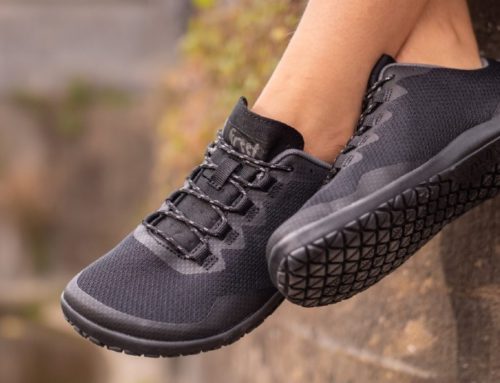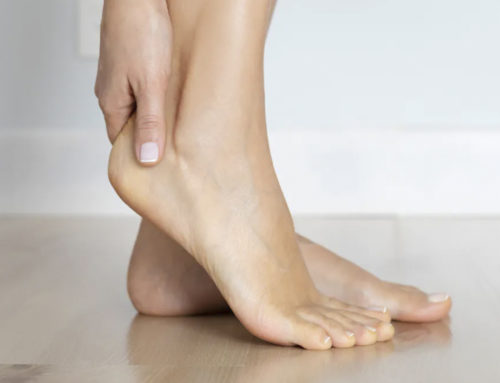It’s no secret that more and more people are ditching their shoes in favor of going barefoot. Whether they’re hitting the gym or taking a stroll around the block, it seems like everyone is doing it. But what is the science behind this trend? Let’s take a closer look at barefoot walking and find out what all the fuss is about.
Why Is Barefoot Walking So Important?
There are a few reasons why barefoot walking has become so popular in recent years. For starters, research has shown that going shoeless can help improve your stability and balance. Additionally, it can also strengthen the muscles in your feet and lower legs, which can help prevent injuries. In fact, researchers have determined that footwear that fails to respect natural foot shape and function will ultimately alter the morphology and the biomechanical behavior of the foot, resulting in a variety of conditions such as plantar fasciitis and tendinopathies.
What’s even more interesting are the studies conducted on toe spreading. When the toes are free to spread out, they create a larger base of support. This increased stability can help reduce fatigue and prevents injuries.
Finally, walking barefoot encourages our feet to adapt naturally to different terrain — something that helps with foot strength, posture, and stress relief as well. It’s no wonder why so many people are trading in their shoes for barefoot walking!
Barefoot Running
Barefoot running has become increasingly popular in recent years. A common issue many runners face is the negative side effects of running shoes, such as heel striking and over-striding. By going shoeless, runners reduce their risk of these issues, resulting in fewer injuries.
Research has even shown that hip kinematics, or the motion of our hips during running, can be improved when barefoot. This is due to the increase in stride length and cadence that occurs with barefoot running — qualities associated with more efficient, injury-free running.
Barefoot Walking Should Start From A Young Age
Children who are exposed to going shoeless often tend to have better balance and agility than those who don’t. Additionally, starting at a young age makes it easier for children to learn how the feet function in their natural environment — which is why researchers suggest using flexible footwear.
Wrapping It Up
Ultimately, barefoot walking is beneficial for people of all ages. Even Podiatrists agree that going barefoot can improve foot health, as well as reduce the risk of injury.
Whether you want to strengthen your feet, improve your posture and balance, or just enjoy the feeling of being free from shoes — going barefoot can help! So make sure to ditch the shoes every now and then and give your feet the freedom they deserve.





